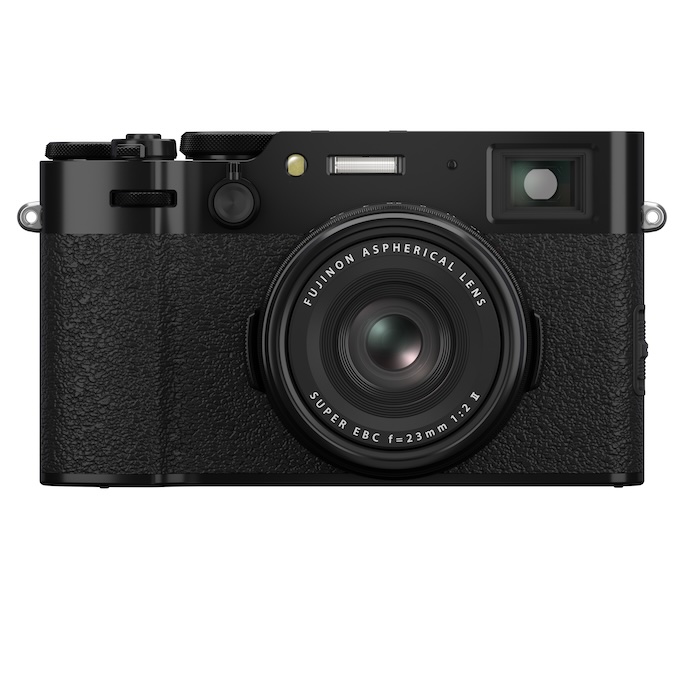The Top Tech Innovations That Will Change the Way You Work
November 14, 2016

Plug In
USB and Thunderbolt form the backbone of photo and video workflows, so when they change, it’s kind of a big deal. And change they have.
This year we saw the first introductions of both USB Type-C and Thunderbolt 3 products, but next year will be a wave, especially for Thunderbolt 3. Both Thunderbolt 3 and USB-C look the same physically, with identical pins on either end of the cable. You can even plug one into the other, something you couldn’t do before.
Despite the look-alike appearance, there are some big differences under the hood.
Thunderbolt 3 clocks in at a blistering 40Gbps—twice as fast as Thunderbolt 2 and four times faster than the top speed supported by USB-C (USB 3.1 at 10Gbps). So, if you happen to plug a Thunderbolt 3 cable into a USB-C port, you’ll slow down from Thunderbolt 3’s speedy transfers to USB-C speeds. Similarly, plugging a USB-C cable into a Thunderbolt 3 port means data will transfer at USB-C speeds.
Thunderbolt 3’s speed means you’ll soon be able to use external GPUs to supercharge a computer’s performance just as you use external hard drives to boost storage. Traveling will also get easier since both Thunderbolt 3 and USB-C offer much more bi-directional power than before. External drives that previously needed their own AC power pack can now plug directly into a USB-C/Thunderbolt 3 laptop and draw power from it, not an outlet.

Dual Image Stabilization
When it comes to image stabilization, there have long been two camps among camera and lens makers—those who build it into the lens using optical elements that move in response to camera shake, and those who build it into the camera body. Both approaches have their virtues but a new method, pioneered by both Olympus and Panasonic, combines the two for even better results. Early iterations have generated impressive results with camera/lens combos achieving five or six stops of correction, per CIPA standards. Given this performance, expect to see this approach proliferate next year.

High Dynamic Range Video
Cinema cameras and many interchangeable lens cameras used extensively for filmmaking often tout their wide dynamic ranges. Until recently, however, all those tonal subtleties were lost as video content made its way from studios to people’s living rooms. Fortunately, that’s changing. The new wave of HDR TVs hitting store shelves bring improved color depth (10-bit), a wider color gamut (at least 90 percent of the DCI P3 color space) and better color sub-sampling (4:2:0 for compressed video) than older models—including “older“ 4K sets. In English, it means your clients will soon have TVs that are not only packed with more pixels, but better pixels, so your filmmaking will need to take that into account.
Fortunately, most serious filmmaking cameras can handle HDR requirements, especially if you record out to an external recorder. Field monitors and computer displays capable of displaying all the brightness and color details of the new HDR standards may need an upgrade soon.

Better Wireless Living Through Bluetooth Low Energy
While Wi-Fi is just about standard on any new camera, it still requires a few steps to pair a smartphone to a camera and get transfers initiated. Enter Bluetooth Low Energy, or BLE for short. Using BLE, a camera can maintain a constant pairing with your mobile device whenever the two are in range. It can also automatically begin transmitting images as you take them—even if your camera app is closed and your phone is in your pocket. This “always on“ connection means that when you’re done shooting, you can pop open your phone and see shareable JPEGs on your device.
Nikon was the first to promote this capability under the rubric “SnapBridge“ but other camera makers are quickly following suit.




